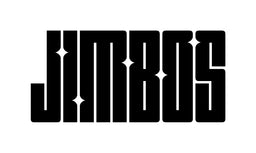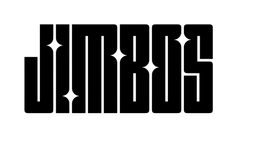What Tools Do You Need for Paint Correction?
If you're ready to fix swirls, haze, or scratches, here's the gear you'll actually need—without overbuying or getting overwhelmed.
1. Dual-Action Polisher
This is your main tool. A DA polisher is safe for beginners, won’t burn paint, and delivers fantastic results.
Popular beginner-friendly options include the Griot’s G9, Porter Cable 7424XP, or Flex XFE.
2. Polishing Pads
Different pads do different jobs. Here’s a simple starting point:
- Burgundy Correction Pad – For cutting and swirl removal
- Black Finishing Pad – For final polishing and gloss
3. A Quality One-Step Polish
Instead of juggling 3 products, start with a beginner-friendly one-step polish that cuts and finishes in a single pass.
The best place to start? Picture Perfect Polish. It’s pad-dependent, low-dusting, and works great with DA polishers.
4. Microfiber Towels
After polishing, you’ll need soft microfiber to wipe down the residue without scratching.
- Softer Than Soft Towels – Perfect for final polish removal
- Everyday Microfiber Towels – Great for general cleanup
5. Paint Protection (Optional But Recommended)
Once your paint is corrected, you want to protect your results. Use a spray ceramic like Tough As Shell for long-lasting shine and protection.
6. Optional Extras
- Clay bar or clay mitt – To prep the surface before polishing
- Pad brush or air compressor – For cleaning your pads between sections
- LED inspection light – To check your progress as you polish
- Painter’s tape – For protecting edges and trim
Simple Starter Kit
Want to skip the guessing? Grab this basic combo:
That’s enough to get started and see amazing results on your daily driver.
Final Thoughts
You don’t need a $2,000 detailing rig to make your paint look incredible. Just the right tools, a little patience, and a polish that actually works.
Keep it simple. Start with Picture Perfect Polish and a DA polisher—and let your results speak for themselves.
Recommended Products
- Picture Perfect Polish
- Burgundy Correction Pad
- Black Finishing Pad
- Softer Than Soft Towels
- Tough As Shell Ceramic Spray



![What Tools Do You Need for Paint Correction? [Beginner Checklist]](http://jimbosdetailing.com/cdn/shop/articles/jimbos_detailing_prodcuts_6358aec0-679f-4ddf-8ea0-bcfaddcc7d4e.png?v=1750976755)
